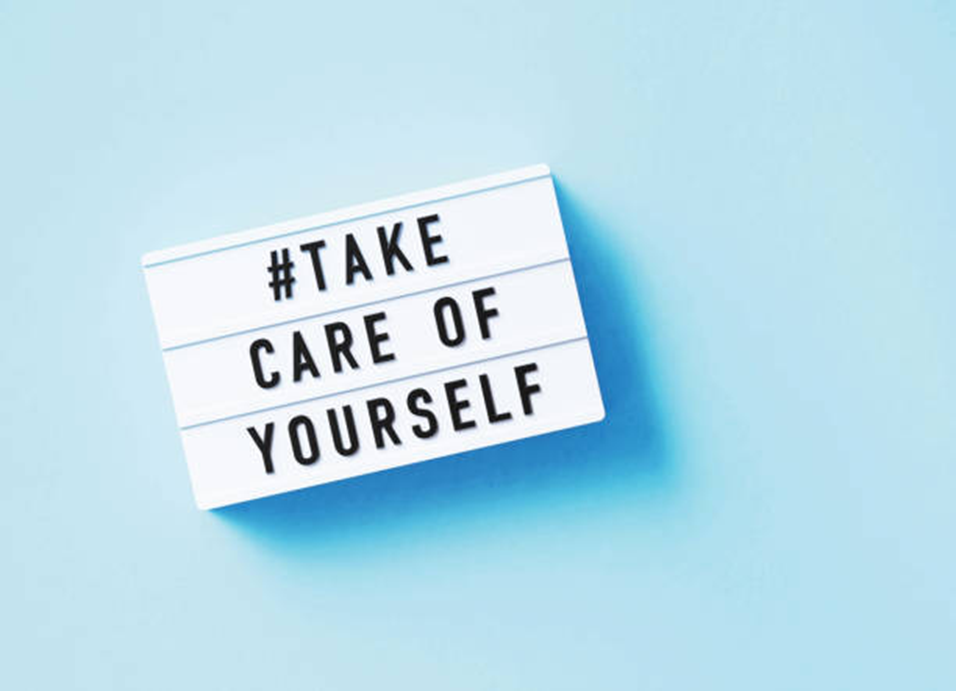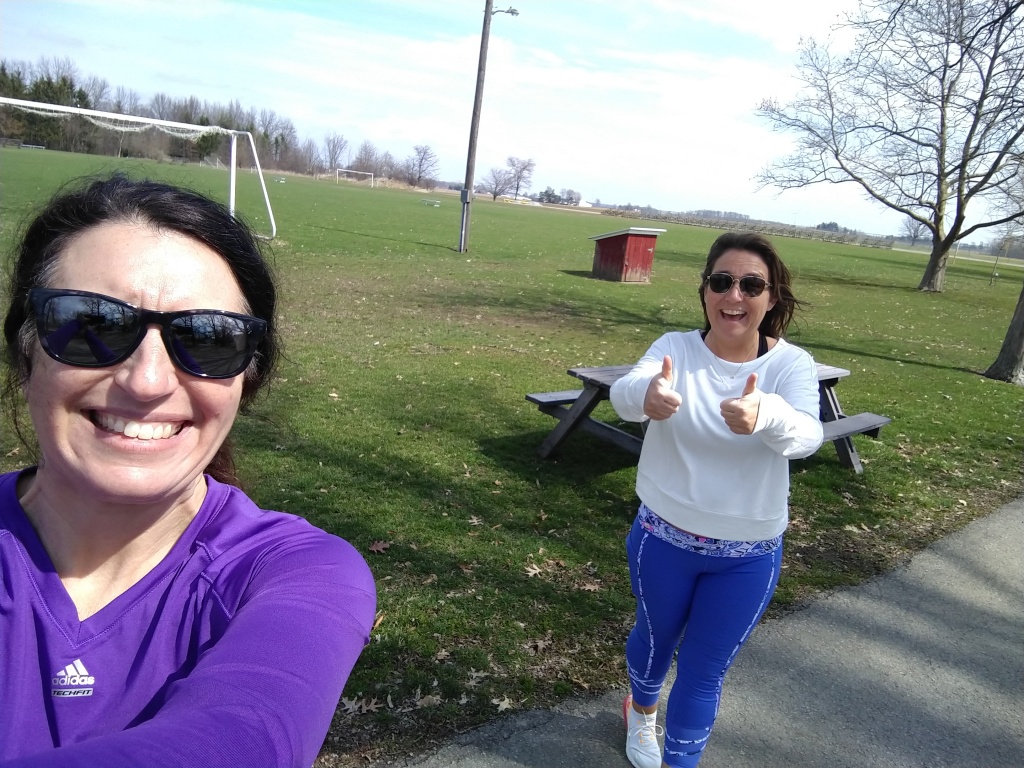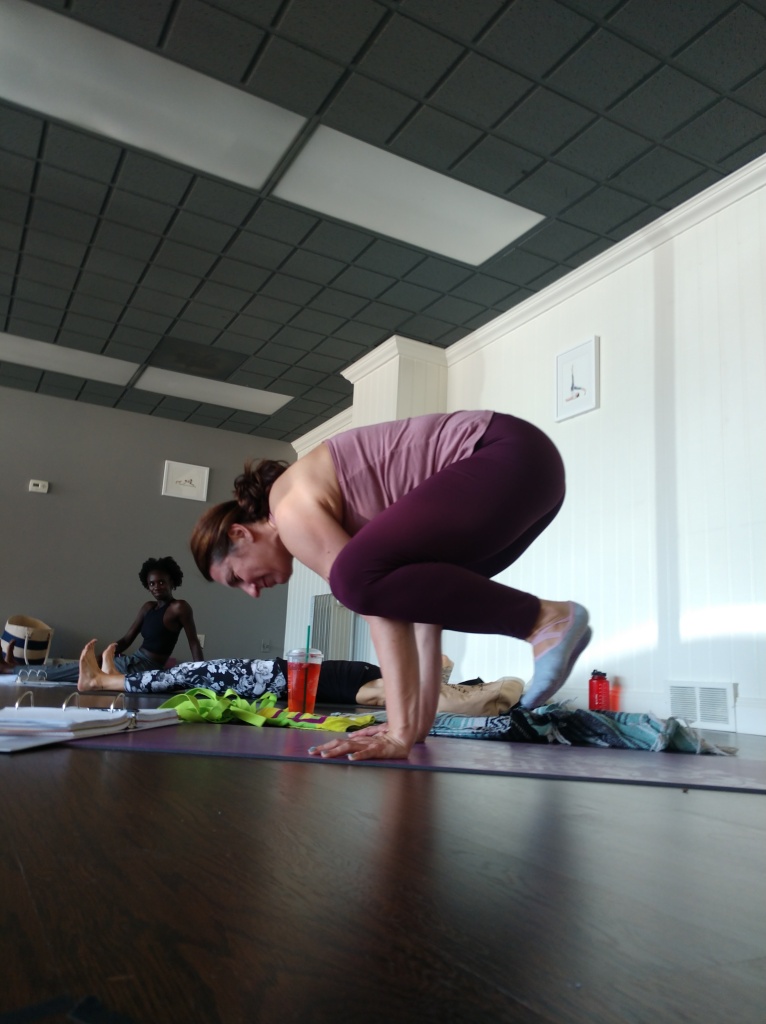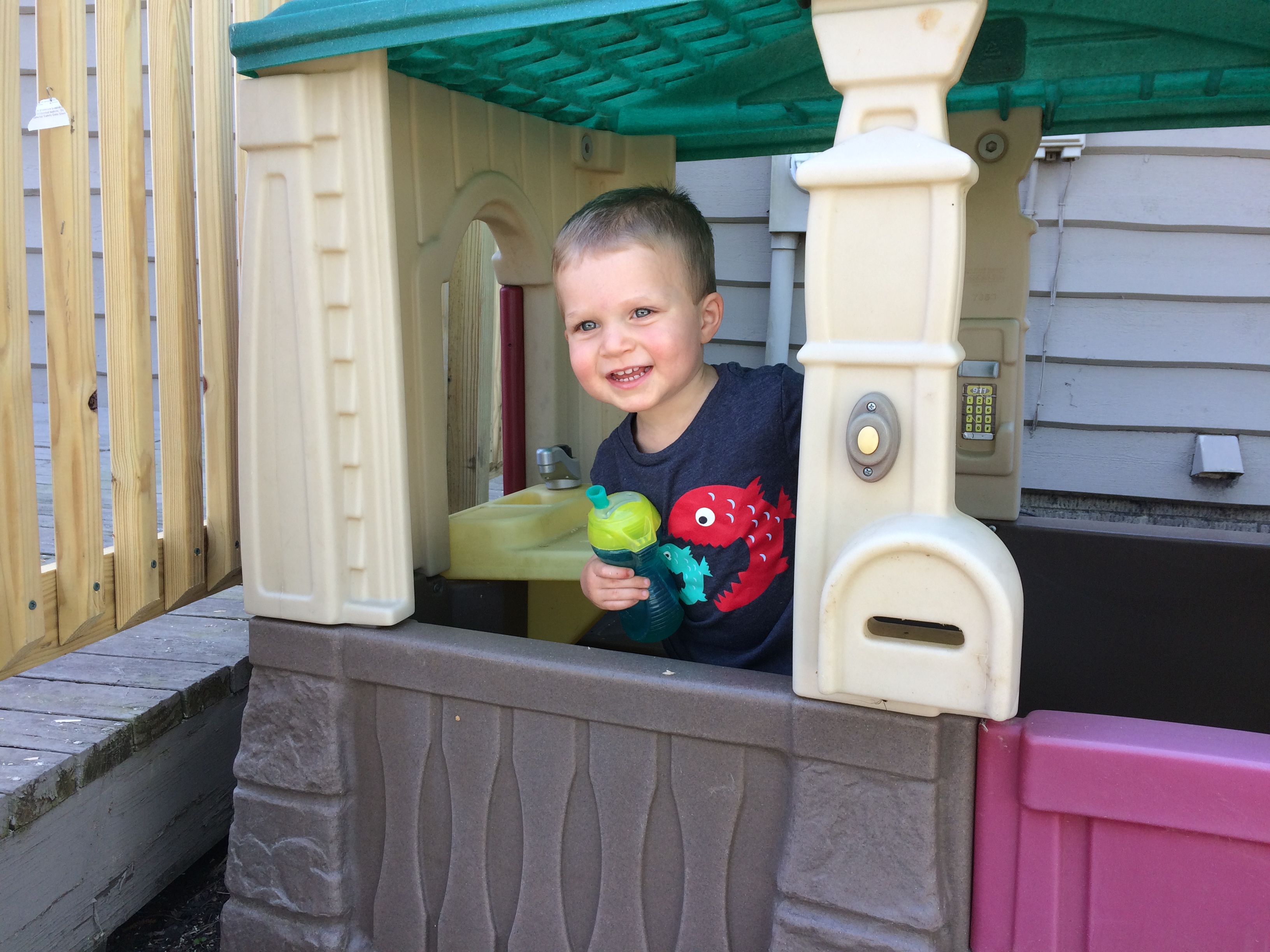
Self-care may be a regular part of your routine and conjure images of relaxing baths, dinner with friends, or your favorite workout routine. There may be a few parts of your body you are neglecting in your daily routines or care. Consider these other important parts when planning your self-care:
Teeth: maybe a regular dental check-up has fallen off your radar. This can happen! Make it a point to schedule a regular cleaning with your dental provider. Take time to ask questions and understand what is going on in your mouth to address issues that may have arisen.
Skin: regular cleaning and exfoliating skin can remove dead skin cells and open your pores. This helps your skin look and feel fresher. A yearly appointment with a dermatologist can help check for any problems and identify them as early as possible.
Eyes: Eye exams at every age are an important part of having strong vision. A regular exam with your eye doctor keeps your eyes disease-free and preserves your vision. Make an appointment today!
Hands: Your hands do a lot of work every day and deserve to have some extra care. Take some extra time this week to moisturize cracked skin on your hands, clip or file uneven fingernails, trim cuticles, and maybe even massage of hands and fingers.
Feet: Your hands work hard but so do your feet! Calluses and dead skin at the bottom of feet can lead to infection. Scrub your feet and trim those toenails. Find a spouse or friend and trade a foot massage to relieve some tension.
Muscles: Don’t forget about the inside of your body! Muscle soreness can be relieved with a quick massage or stretch. Studies show that massages may reduce stress, headaches, and insomnia while increasing happiness.
Ears: It may be time for your hearing check. According to the National Institute of Health, adults should have a hearing screen every 3-5 years and annually after the age of 60. This screening helps measure any hearing loss.
This fall find one area of your care you’ve been neglecting and make an appointment to up your self-care game!

Written by: Alisha Barton, Family and Consumer Sciences Educator, Ohio State University Extension Miami County.
Reviewed by: Amanda Bohlen, Family and Consumer Sciences Educator, Ohio State University Washington County.
Sources:
Amy Marsolek, M.-C. (2022, July 20). Massage helps anxiety, depression. Mayo Clinic Health System. https://www.mayoclinichealthsystem.org/hometown-health/speaking-of-health/massage-for-depression-anxiety-and-stress#:~:text=Massage%20provides%20many%20emotional%20benefits,levels%20and%20feelings%20of%20anxiety.
Annual exams. The Skin Cancer Foundation. (2022, January 20). https://www.skincancer.org/early-detection/annual-exams/
Centers for Disease Control and Prevention. (2020, October 1). Keep an eye on your vision health. Centers for Disease Control and Prevention. https://www.cdc.gov/visionhealth/resources/features/keep-eye-on-vision-health.html
TriHealth. (n.d.). https://www.trihealth.com/dailyhealthwire/health-topics/speech-and-hearing/how-often-should-i-have-my-hearing-tested#:~:text=The%20American%20Speech%2DLanguage%2DHearing,Dr.



















